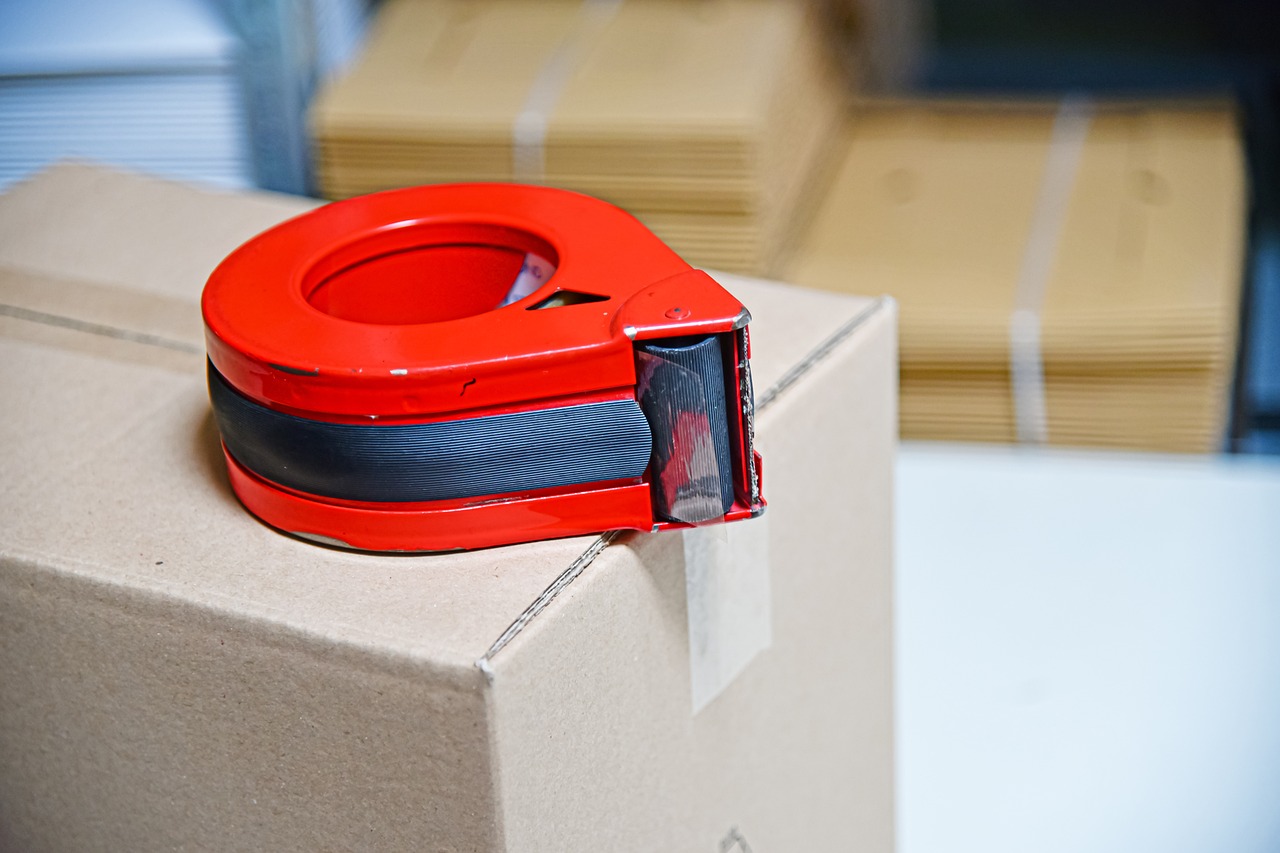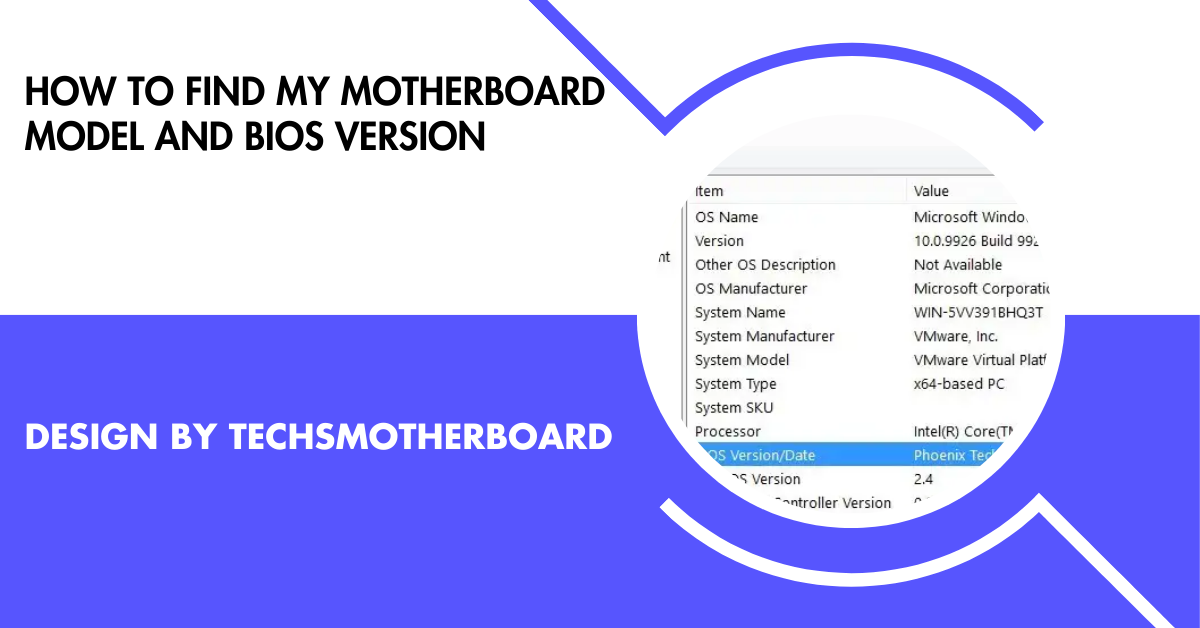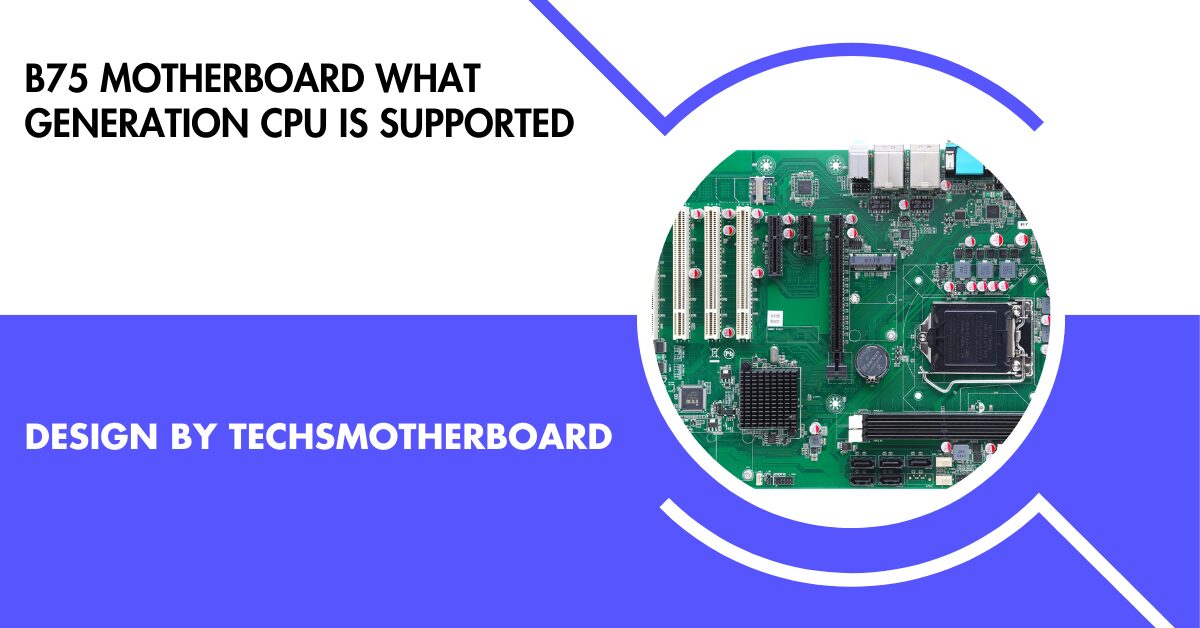Tech
How RFID Helps with Packaging and Tracking in Manufacturing

In the fast – paced world of manufacturing, maintaining efficient packaging and tracking systems is crucial for meeting customer demands, ensuring quality control, and streamlining operations. Traditional methods of packaging and tracking, often reliant on manual processes, can be time – consuming, prone to errors, and difficult to scale. This is where Radio Frequency Identification (RFID) technology comes into play. RFID has revolutionized the way manufacturers manage packaging and tracking, offering an automated, accurate, and scalable solution that enhances operational efficiency.
The Traditional Challenges in Packaging and Tracking
Before RFID became widely used, packaging and tracking processes in manufacturing were often manual or semi – automated. Workers would manually label packages with barcodes or use spreadsheets to track items through the production cycle. These methods, while effective to some extent, were prone to human error, which could result in misplaced packages, lost inventory, or delayed shipments.
Moreover, keeping track of inventory across multiple stages of production and distribution was a complex task. Manufacturers struggled to maintain real – time visibility into the status of each package, and this lack of visibility often led to delays, mistakes, or excess stock being held in storage.
How RFID Enhances Packaging and Tracking Efficiency
RFID technology addresses these challenges by providing a more accurate and automated method of tracking goods throughout the manufacturing process. RFID works by using radio frequency waves to transfer data between RFID tags, which are attached to items or packaging, and RFID readers. These tags store detailed information about the item, such as its identity, location, and status, and can be read remotely without the need for a direct line of sight, unlike barcodes.
In manufacturing environments, RFID tags are attached to products, components, or packaging materials as they move through different stages of the production line. These tags automatically communicate with RFID readers installed at various points in the process, ensuring that manufacturers have real – time data about the location, condition, and quantity of every item.
Streamlining Packaging Processes with RFID
Packaging is a critical stage in manufacturing, as it involves not only protecting products but also ensuring they are accurately labeled and prepared for shipment. RFID simplifies this process by automating the tracking of packaging materials and finished products. RFID tags can be easily placed on packaging during the production process, enabling manufacturers to track each package’s progress from assembly to shipment.
With RFID, manufacturers can automatically update their inventory systems as soon as packaging is completed. This helps eliminate errors that can occur from manual tracking, such as missed items or inaccurate packaging records. Furthermore, RFID technology helps improve the accuracy of packaging labeling, ensuring that the correct information is applied to each package.
By integrating RFID into packaging processes, manufacturers can achieve faster processing times, reduce the risk of errors, and ensure that their products are correctly labeled and ready for delivery.
Real – Time Tracking of Products and Packages
One of the key advantages of RFID in manufacturing is its ability to provide real – time tracking of goods. With traditional tracking methods, manufacturers could only check stock levels or package status at specific intervals, leading to delays in response times and missed opportunities to optimize the supply chain.
RFID technology, however, offers continuous visibility into the movement of products and packages. As goods move through the production line, warehouse, or shipping facility, RFID tags are scanned automatically by readers, updating the inventory system in real – time. This allows manufacturers to track the location of every product, package, or component at any given moment, providing up – to – the – minute data on stock levels and product status.
For instance, if a product is nearing completion on the production floor or ready for shipment, the RFID system will update the system in real time. This allows manufacturers to coordinate the next steps efficiently, whether it’s restocking materials, preparing shipments, or arranging delivery logistics.
Improving Quality Control and Reducing Errors
In manufacturing, quality control is essential to ensure that products meet the required standards before they are shipped to customers. RFID technology plays a key role in improving quality control by enabling manufacturers to track and monitor the entire production process with precision.
By attaching RFID tags to products and packaging, manufacturers can easily capture detailed data about each item, including its specifications, production history, and inspection results. This data can be used to verify that products are produced according to standards and help identify any potential issues early in the production process.
Additionally, RFID helps reduce human error in quality control inspections. In a manual system, workers might overlook important details or make mistakes when logging data. With RFID, all product information is automatically recorded, reducing the likelihood of errors and ensuring that manufacturers can track the entire lifecycle of a product, from production to delivery.
Enhancing Inventory Management and Tracking
Inventory management is an ongoing challenge for manufacturers, particularly when it comes to tracking components, raw materials, and finished products throughout the supply chain. With RFID, manufacturers can gain unprecedented visibility into their inventory, making it easier to manage stock levels, reduce waste, and prevent overstocking.
RFID technology allows manufacturers to track inventory in real time, automatically updating stock levels as items are added, moved, or shipped. This enables manufacturers to reduce the time spent manually counting inventory and ensure that they always have the right amount of materials and finished products on hand.
For example, if an item is nearing the end of its production cycle, RFID tags can trigger an automatic reorder for materials, ensuring that the production line never runs out of necessary components. This automation eliminates manual inventory checks and ensures that production remains uninterrupted.
Improving Traceability and Compliance
In highly regulated industries, such as pharmaceuticals, food production, and aerospace, traceability and compliance are vital. RFID tags provide a digital record of each product’s movement and status, which is crucial for regulatory compliance. Manufacturers can easily access detailed information about each product’s journey through the production process, from the initial raw materials to the final packaging and shipment.
This level of traceability ensures that manufacturers can meet the stringent requirements for product tracking and reporting. Additionally, RFID systems can automatically record important compliance data, reducing the time spent on manual documentation and ensuring that all necessary records are accurate and up – to – date.
The Future of RFID in Packaging and Tracking
As RFID technology continues to evolve, its applications in packaging and tracking are becoming even more advanced. Newer RFID systems offer enhanced functionality, such as increased read range, improved data storage capabilities, and better integration with other technologies, such as the Internet of Things (IoT) and artificial intelligence (AI).Innovent, a leading provider of RFID solutions, is at the forefront of this technological evolution. By offering cutting – edge RFID systems tailored to the needs of manufacturers, Innovent helps businesses optimize their packaging and tracking processes. These solutions ensure that manufacturers can stay competitive, reduce errors, and enhance operational efficiency, leading to improved productivity and cost savings.
Tech
How Do You Get Started with Digital Marketing as a Solo Beauty Entrepreneur?

Beauty has changed immensely since the last decade, and independent business people have created successful brands from kitchen tables and bedrooms. The marketing platforms of the internet have levelled the marketing field, enabling solo beauty entrepreneurs to connect with thousands of potential customers outside of conventional advertising budgets. The challenge of the online marketing space feels daunting, however, if you’re handling every step of the business by yourself.
Not only does online marketing help owners of beauty corporations, it’s necessary. Your potential customers are perusing Instagram, reading Google review posts of products, and finding new products through YouTube how-to video content. If you’re not strong online, you’re actually invisible to the people who would adore your products.
Understanding Your Brand Foundation
You require strong brand foundations prior to marketing strategies. Your unique selling proposition, the USP, becomes the thing that distinguishes your cosmetics from the plethora of others available out there online. Maybe you develop vegan lip colours with never-been-seen-before staying power, or your cosmetics line uses British botanicals that are home-grown. Whatever it ends up being, it must be a unifying strand through all of the content developed.
Even more relevant, though, is understanding your customer beyond demographics. It’s fine to know your buyer is a 25-40-year-old female, but more than that. How do they take care of their skin? Which beauty gurus do they follow? Do they desire high-end packaging, or do they desire sustainability the most? These facts will make your overall marketing plan.
Beauty Industry Social Media Marketing
Social media marketing remains at the heart of the online strategies of the most successful beauty companies. The go-to platform for beauty entrepreneurs remains Instagram, whose visuals-first mindset translates seamlessly to sharing products, tutorials, and behind-the-scenes insights.
Your content must walk the line between selling products and high-valued beauty education. Share application tutorials, ingredient spotlights, and candid conversations about popular areas of beauty concerns. Consumer content in the beauty industry is incredibly strong—as much as possible, encourage customers to post their results of using your products/services through a branded hashtag.
What people do, rather than how much of, really matter. Respond to comments, ask questions in your posts, and make polls and tests in your Stories. Making actual relationships with people make casual fans repeat customers who actually recommend your brand.
Search Engine Optimization Fundamentals
SEO puts your beauty company in the eyes of the potential clients at the exact moment they’re searching for solutions. Do some investigation of the related keywords of your special products and possible customers. Google Keyword Planner can be used to observe how individuals search the internet for products similar to yours.
On-page optimization simply means the intentional use of these words in your website content, your products descriptions, and blog posts. If you’re selling organic face oils, make sure your products pages include related words such as “natural skincare”, “organic face oil”, and the name of specific ingredients.
Link building, even if challenging for newly-started business ventures, can do wonders for your search rankings. Network among beauty bloggers, participate in the related online forums, and utilize guest blogging for the popular beauty websites to attain good backlinks. You can also work with King Kong and other leaders to get a boost in this regard.
Content Marketing That Works
Content marketing allows you to demonstrate your expertise as you build trust among potential customers. Ongoing blog posts addressing common beauty concerns, how-to advice used seasonally, or ingredient descriptions make your brand a knowledgeable authority.
Video does extremely well in the beauty sector. Create how-to vids of how to use your products, discuss how you create, or tell the story of your startup background. Simple phone vids can be extremely persuasive to individuals craving to be authentic, as compared to high-production values.
Establishing Your Digital Marketing Foundation
Successful online marketing involves frequency and patience, not perfection. Do it at a single location where your prospective customers exist, create content of value at regular frequencies, and slowly increase the sites as you feel more comfortable and as results can be monitored.
Keep in mind, online marketing is a marathon, not a sprint. Establish actual relationships with the clients, and the selling becomes the natural result.
Tech
Time Tracking Software is Essential for Most Startups
Startup operations can be exciting, surprising, and even quite chaotic, like a rollercoaster ride. It is easy to lose track of the hours when working on balancing operations, marketing, and product development. That is where time-tracking software comes in handy; it’s not about tracking hours; it also helps you understand how your team spends time, and that is its biggest strength.
I underestimated the difficulties of managing time when I first thought about my startup.
As I juggled several roles—CEO, marketing, developer, and project manager—while my productivity declined, the reality set in. I discovered that I was squandering hours on tasks that could be automated through manual tracking. My workflow was completely changed by implementing Controlio software, which allowed me to focus again and get rid of busywork.
Understanding where work goes is essential for startup success for both team leaders and single founders. This article explains the importance of time monitoring software and how to pick the best option.
The Need for Time Tracking Software in Startups
Visibility of Resource Investment
Time tracking shows the contributions of team members. In the absence of it, inefficiencies are overlooked until it is too late.
Our development team at my startup was plagued by missing deadlines. After we implemented time tracking, we realized there were too many hours of meetings and admin time spent when that could have been used on foundation building.
Precise Scheduling and Budgeting
Startups don’t have much money. Future forecasts are improved by time data from previous projects, avoiding irrational claims. For instance, a project that was supposed to take 100 hours ended up taking 120. This realization improved our planning for the future.
More Effective Use of Time
It is applicable to the Pareto Principle: Usually, 20% of work yields 80% of the results. We were able to renegotiate terms after using time tracking to discover a client that was using 30% of our time but only generating 10% of our revenue.
Simple and Easy Invoicing
Accurate tracking guarantees reasonable client rates for startups that bill on an hourly basis. Invoicing is made easy and client trust is increased by integration with CRMs (such as AllProWebTools’ system).
Monitoring Activities in Real Time
Manual tracking is replaced by automated reports, emphasizing:
- Durations of tasks
- Possible bottlenecks
- Opportunities for training
- For more detailed information, some tools even integrate with Jira.
Accurate Billing for Clients
Errors in timekeeping can have significant financial consequences. Overcharging or undercharging—such as when a designer logs 11 hours rather than 10—is avoided with automated tracking.
An advantage over competitors
Productivity improvement is essential in rapidly evolving startup environments. Time tracking makes it possible to
Quicker iteration
Flexible product introductions
Quick reactions from the market
Selecting Appropriate Time Monitoring Software
With so many choices, give priority to:
Why It Matters for This Feature
For instance
Usability
Assures team acceptance
The user-friendly dashboards of Controlio
Integration synchronizes with current tools (Jira/CRM)
Smooth workflow integrations
Usability
satisfies initial requirements (reports and invoices)
Features for tracking that can be customized
Cost-effective startup prices
Scalable tiers or free trials
With its extensive feature set for expanding teams, Controlio stands out as one of the best employee time tracking apps in 2025.
In Conclusion
For entrepreneurs, time tracking software is a strategic asset that serves as more than just a logging tool. The advantages are obvious, ranging from competitive advantages to resource optimization. Small teams may begin by hand, but effective scaling calls for tools like Controlio’s productivity software. Take the risk: sign up for a free trial and use every minute to advance your startup.
Tech
Cybersecurity Challenges for DigitalWallet Providers in 2025

As digital payment solutions become the preferred mode of transaction globally, digital wallets are emerging as one of the most crucial tools in personal and commercial finance. From e-commerce to peer-to-peer transfers, digital wallets simplify how consumers interact with money. However, this convenience comes with an expanding attack surface. In 2025, as digital wallet adoption continues to rise, so too do the cybersecurity challenges that threaten their reliability and trustworthiness.
In this rapidly evolving digital landscape, even specialized financial institutions such as a crypto prop firm are facing increasing pressure to bolster cybersecurity across all transaction endpoints, including wallet interfaces, APIs, and mobile applications. The threats are more sophisticated, the targets more lucrative, and the stakes higher than ever.
1. Advanced Phishing and Social Engineering Attacks
Phishing has long been a threat in the cybersecurity world, but in 2025, attackers are employing AI-generated phishing content, deepfakes, and real-time manipulation techniques. Digital wallet users are especially vulnerable due to the real-time nature of transactions. With just a convincing fake notification or phone call, bad actors can trick users into disclosing credentials or authorizing malicious payments.
Even biometric verification, often seen as a more secure method, isn’t immune. Fraudsters are now using AI-generated facial or voice data to fool facial recognition or voice authentication systems.
2. API Vulnerabilities and Integration Risks
Digital wallets are rarely standalone tools; they are connected to various third-party applications, e-commerce platforms, and banking services via APIs. This interconnectedness introduces multiple entry points for cyberattacks. Insecure APIs can allow hackers to extract data, manipulate transactions, or initiate unauthorized transfers.
Moreover, as wallet services expand to include cryptocurrency, cross-border payments, and real-time settlements, the number of API calls and connections increases—each one needing strong security protocols and constant monitoring.
3. Data Privacy and Regulatory Compliance
2025 has seen an uptick in data privacy regulations worldwide, with more stringent requirements from regions like the EU, North America, and Southeast Asia. Digital wallet providers must not only encrypt user data but also ensure complete compliance with varying local and international data protection laws.
Failure to comply may not only result in financial penalties but also reputational damage. More importantly, wallets often store both personal identity information and financial data, making them prime targets for hackers aiming to commit identity theft or financial fraud.
4. Rise of Zero-Day Exploits
Zero-day vulnerabilities—security flaws unknown to the software vendor—are becoming more prevalent and more dangerous. Cybercriminals are now using AI to detect and exploit these flaws before vendors can patch them. A successful zero-day attack on a digital wallet platform could lead to mass data leaks, fund thefts, or denial-of-service (DoS) attacks.
Given that many digital wallets are hosted in the cloud, attackers are also targeting shared infrastructures and containerized environments, which, if compromised, can affect multiple applications simultaneously.
5. Mobile Device Security
Most digital wallets operate primarily on mobile devices, and in 2025, attackers have developed sophisticated tools to exploit mobile OS vulnerabilities. Malicious apps, hidden malware, screen overlay attacks, and rogue keyboards are some of the techniques used to capture wallet PINs, biometric data, or transactional information.
While platform providers like Google and Apple have tightened their app store policies, sideloaded apps or jailbroken devices remain risky vectors. Wallet providers must educate users and implement defensive coding strategies to reduce vulnerabilities.
6. Threats from Quantum Computing
While still in its infancy, quantum computing is inching closer to practical use. Once fully realized, it has the potential to break traditional encryption algorithms that protect digital wallet transactions. Preparing for a “post-quantum” future is not just theoretical—it’s becoming a strategic priority.
Wallet providers are now exploring quantum-resistant cryptographic methods to future-proof their systems against this looming threat.
7. Internal Threats and Insider Risks
Cybersecurity isn’t only about guarding against external attacks. Disgruntled employees or contractors with access to sensitive systems can leak data, bypass security, or install backdoors. As teams become more remote and globally distributed, tracking access and preventing insider threats becomes more complex.
Digital wallet providers must implement robust role-based access controls (RBAC), regular audits, and real-time monitoring to detect and neutralize internal risks.
Strategies to Mitigate Cybersecurity Risks
To combat the growing challenges, digital wallet providers in 2025 should adopt a multi-layered security approach:
Zero Trust Architecture: Never trust, always verify. This model treats every access request as potentially malicious and verifies each one accordingly.
Behavioral Biometrics: Analyze user behavior such as typing speed, swipe patterns, or navigation habits to detect anomalies in real-time.
Decentralized Identity Management: Let users control their own data using blockchain-based identity solutions.
Regular Penetration Testing and Bug Bounty Programs: Encouraging ethical hacking helps identify weaknesses before malicious actors do.
Conclusion
As the demand for digital wallets continues to grow in 2025, so too does the urgency to address the cybersecurity challenges that accompany them. From AI-driven attacks to regulatory complexities and emerging threats like quantum computing, the landscape is more volatile than ever. Digital wallet providers must remain vigilant, agile, and innovative in their approach to cybersecurity.
Securing financial transactions is not just about protecting data—it’s about preserving trust. And in the age of digital finance, trust is the most valuable currency of all.
-

 Tech6 months ago
Tech6 months agoSotwe STW Explained How a Radical Platform is Redefining Online Expression
-

 Entertainment8 months ago
Entertainment8 months agoHow Do I Turn On the Beatbot?
-

 Motherboard Guide1 year ago
Motherboard Guide1 year agoAre B750 Motherboard A Good Choice – A Complete Overview!
-

 Blog1 year ago
Blog1 year agoHow To Find My Motherboard Model And Bios Version – A Detailed Overview!
-

 Motherboard Guide1 year ago
Motherboard Guide1 year agoAre Gigabyte Motherboards Good – A Comprehensive Review!
-

 Blog3 months ago
Blog3 months agoHer Love Is A Kind Of Charity Password – The Hidden Meaning Behind the Phrase!
-

 Motherboard Guide12 months ago
Motherboard Guide12 months agoB75 Motherboard What Generation Cpu Is Supported – B75 Motherboard Cpu Support!
-
Motherboard Guide4 months ago
The Ultimate Croatia Travel Guide for First-Timers: Everything You Need to Know Before You Go

